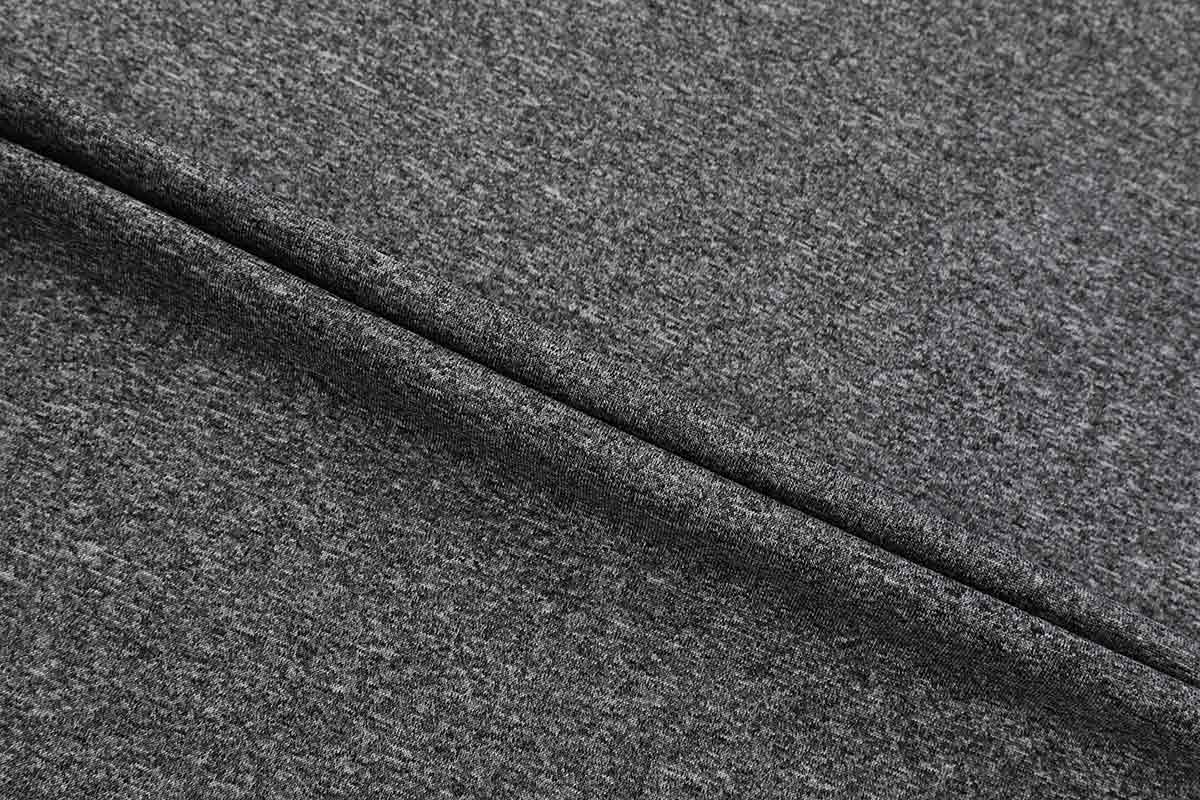All weft knits fall into three basic categories: rib knits, which are a combination of knit and purl stitches; purl knits, which are made with purl stitches only, and jersey, which has knit stitches on the front, Purl stitching on the back.
double knit
Description: This double-structured fabric is made from two sets of yarns with fine longitudinally extending ribbing on the sides. It usually looks the same on the front and back of the fabric, making it reversible. Fancy double-knit fabrics may have fancy stitches on the front and fine ribbing on the back.
Properties: Heavy, strong; usually with little stretch in either direction. Good shape retention; cut edges do not curl.
Uses: Customized garments such as jackets, suits or tight dresses. If a particular double knit has some lateral stretch, the pattern may need to be adjusted (by cutting it slightly smaller around the body circumference).
interlock
Description: A composite fabric made from "interlacing" or interlocking of two simple ribbed fabrics, each made from a single yarn. There are thin ribs extending longitudinally. The front and back of the fabric look the same, so it can be used on both sides.
Features: Al no longitudinal stretch; more lateral stretch than double knit or knit; fairly good shape retention. Raw or cut edges will not curl; only unwrap from the end of the last braid.
USE: Great for T-Shirts, Turtlenecks, Casual Skirts and Dresses, and Children's Clothing. Because of its lateral stretch, use patterns designed for interlocking knits, or be prepared to adjust patterns.
jersey
Description: Also known as plain stitch or single stitch. Clear front and back, fabric with fine ribbing at the front and half-circle at the back. The many variations of stitches and fibers create a wide variety of single jerseys, from delicate cutouts to heavy piles.
Properties: Little or no longitudinal stretch, varying amounts of transverse stretch. Crimp to the right side of the fabric; the cut edge is unwound only from the end of the last braid. USE: Sweatshirts with little or no horizontal or vertical stretch (like fleece sweatshirts) can be used on skirts, shirts, and dresses without pattern adjustments. Lateral stretch jerseys require pattern adjustments or a pattern designed to stretch laterally.


The cloth surface is smooth and delicate, with clear lines, diverse colors, environmentally friendly dyes, comfortable and skin-friendly, soft to the touch, and easy to wash.
Component Proportion/Yarn Count:90%POLYESTER+10%SPANDEX CATION JERSEY (50/50)
Contexture:knitting
Craft:weft knitting
Machine:Homebred quality circular kniting machine




 简体中文
简体中文
